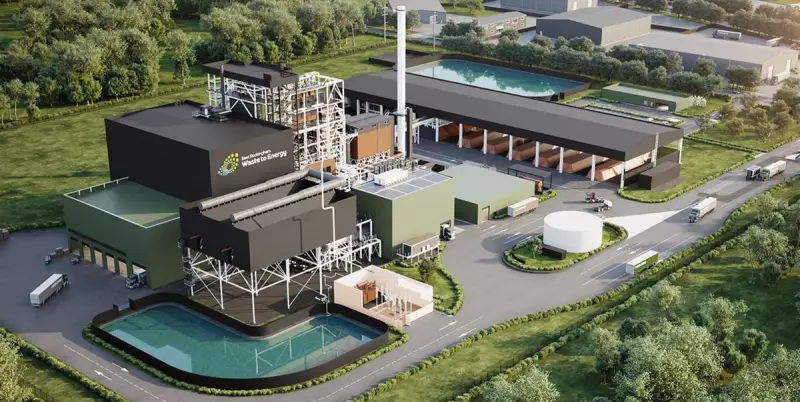
The controversial East Rockingham waste-to-energy project has been plunged into deeper uncertainty as receivers have lodged fresh legal claims against the contractors overseeing the troubled facility's construction.
This latest development marks another chapter in the ongoing saga surrounding the $511 million plant, which was intended to be a flagship project for Western Australia's renewable energy sector. The facility, designed to convert household waste into electricity, has been plagued by delays and financial difficulties since its inception.
Mounting Legal Pressure
Receivers from McGrathNicol have initiated new legal proceedings against the construction contractors, alleging failures in the delivery of the project. The specific nature of the claims remains confidential, but industry insiders suggest they relate to contractual breaches and performance issues that have contributed to the project's current predicament.
The legal action comes as the plant remains incomplete despite significant investment and years of development work. The facility was originally scheduled to be operational by 2022, but construction has stalled amid financial restructuring and now, legal battles.
Broader Implications for Australia's Energy Transition
This situation raises serious questions about the viability of waste-to-energy projects in the Australian context. The East Rockingham plant was seen as a pioneering effort to address both waste management challenges and renewable energy targets simultaneously.
Industry analysts are watching closely, as the outcome of these legal proceedings could set important precedents for future public-private partnerships in the renewable energy space. The case highlights the complex interplay between innovative environmental solutions and the practical realities of project delivery and financing.
The Western Australian government had previously expressed strong support for the project, viewing it as a key component of the state's waste management strategy and renewable energy portfolio. However, the ongoing legal and financial troubles have cast doubt on when, or if, the facility will ever become operational.
As the legal process unfolds, stakeholders across the energy and environmental sectors await answers about the future of this ambitious project and what it means for similar initiatives planned across Australia.





